Peripherally Loading the hoof and prolapsed frogs, the pitfalls of traditional shoeing techniques4/14/2024 The concept of peripherally loading the hoof is not really something most barefoot trimmers endorse. While this approach aims to shift weight-bearing forces away from the internal structures of the hoof, such as the digital cushion, frog, and coffin bone, it can inadvertently lead to a host of issues, including a weak digital cushion and prolapsed frogs.
Peripherally loading the hoof involves applying excessive pressure to the hoof wall, often through the use of shoes or improper trimming techniques. While the intention may be to alleviate strain on the internal structures, such as the coffin bone, navicular bone, and tendons, it can result in unintended consequences. One such consequence is the prolapse of the frog, where the frog tissue becomes compressed and displaced downward due to inadequate support and stimulation. Prolapsed frogs occur when the frog tissue, which plays a crucial role in weight distribution and shock absorption, becomes weakened and fails to maintain its proper position elevated up within the hoof capsule. This can lead to discomfort, lameness, and compromised hoof function. These horses will be very sensitive in the back of the hoof and can land toe first instead of heel first, and suffer from caudal failure if left untreated. Rehabilitating a hoof with prolapsed frogs requires a multifaceted approach that addresses both the underlying causes and the structural integrity of the hoof. Central to this approach is the careful stimulation and rebuilding of the digital cushion and frog tissue. By focusing on these essential components, we can help restore proper hoof function and mitigate the risk of further damage. First treat the frog for thrush, as the protecting structure for the digital cushion the frog needs to be the priority. Second, carefully bring the frog into a weight bearing state either barefoot, with boots and pads or with the use of soft hoof packing and composite shoes with frog support. The digital cushion serves as a critical shock absorber, dissipating the impact forces generated during movement. When peripherally loading the hoof, this vital structure may become underutilized and weakened. To counteract this, it's essential to implement strategies that encourage the development and strength of the digital cushion. This can include exercises that promote natural movement and weight-bearing, as well as proper trimming techniques that support healthy hoof function. Often the horse will learn to land toe first because of pain in the back of the hoof, but even as you remove those sources of pain the muscle memory will keep the horse landing toe first unless you also rehabilitate the body with postural changes and bodywork. Ultimately, the rehabilitation of prolapsed frogs is not just about restoring hoof health—it's about safeguarding the overall well-being of the horse. By prioritizing the stimulation and development of the digital cushion and frog tissue, we can help dissipate impact energy, protect the horse's joints and body, improve and restore correct biomechanics and promote long-term soundness and comfort.
0 Comments
I purchased Flash in August of 2020 to be one of our school horses used during our trimming courses and because he had been diagnosed with Navicular Syndrome by the previous owner's Vet and I wanted to both help improve his condition and study him. I am somewhat skeptical of the diagnosis as it was made without radiographs to confirm, and was only based on the Vet's opinion of how he was moving at the time. If you look at his initial photos and hoof conformation I struggle to understand how a diagnosis could have been made solely by assessing his movement with his hooves in that condition. Either way I am moving forward under the assumption he may have Navicular Syndrome and treating him as I would treat any horse; with proper frequent trims, a good diet and turnout 24/7 on my track with my herd. August 25 Initial Set Up Trim
|
AuthorKristi Luehr is a barefoot trimmer/farrier, author, and founder of the Okanagan School of Natural Hoof Care. She is certified by the Canadian Farrier School as well as the Oregon School of Natural Hoof Care, and also has certification in equine massage and dentistry. Her focus is to educate owners about hoof anatomy, function and proper barefoot trimming that supports and grows healthy and functional hooves specific to each horse's individual needs. She is the author of three online courses specific to hoof care and is always striving to create more educational content for students to learn from. Archives
May 2024
|

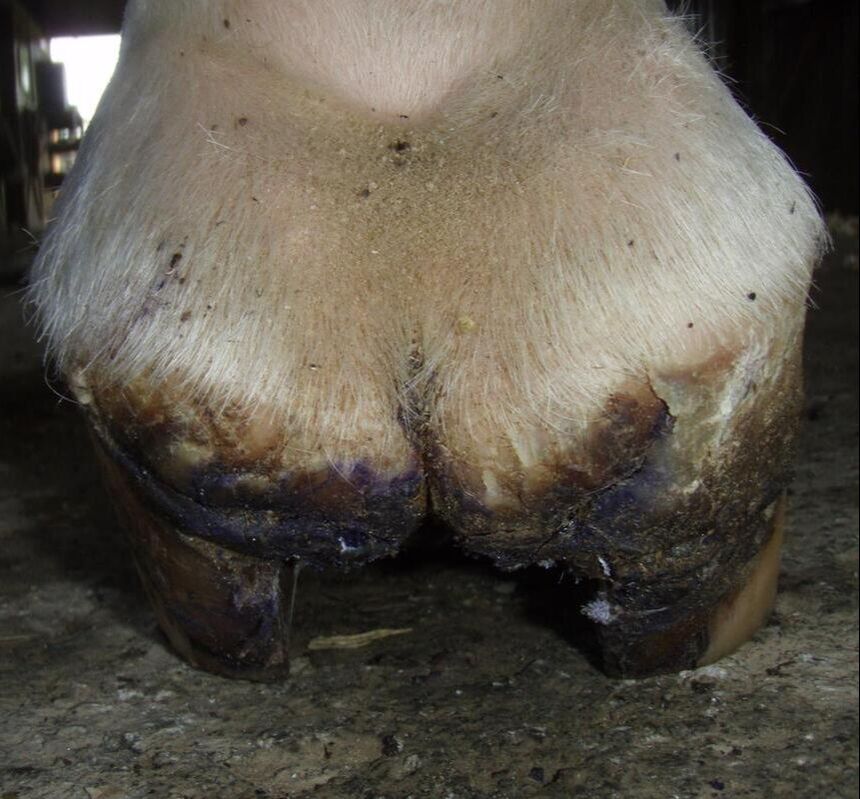
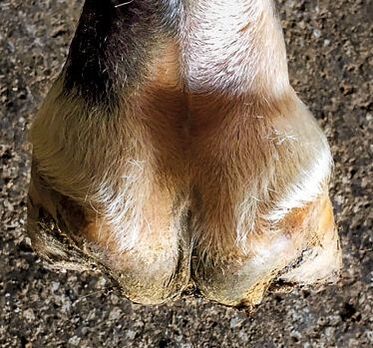
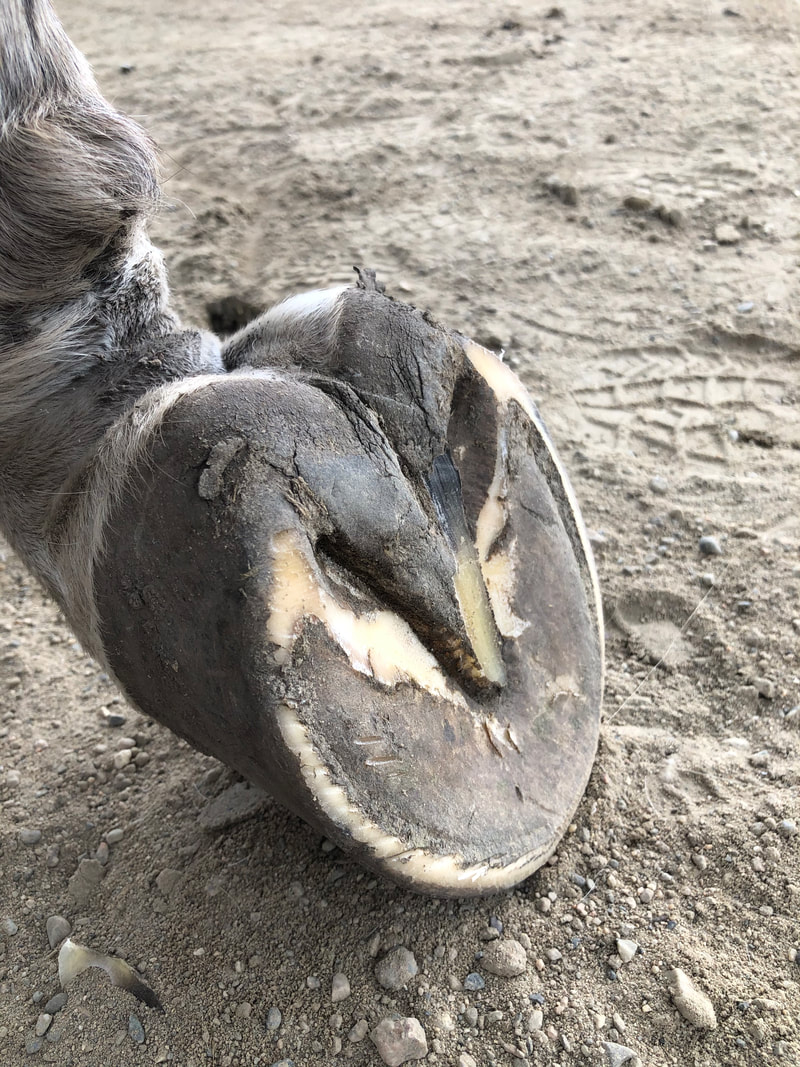

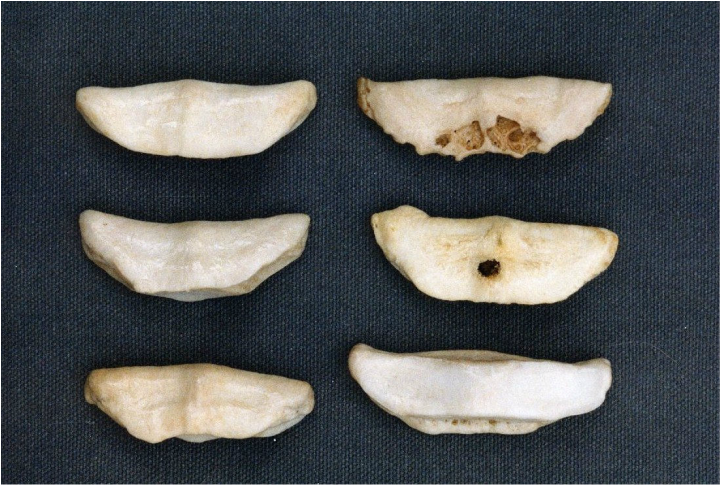
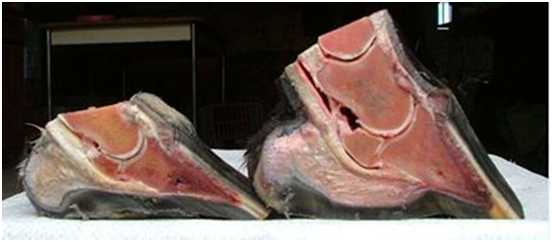
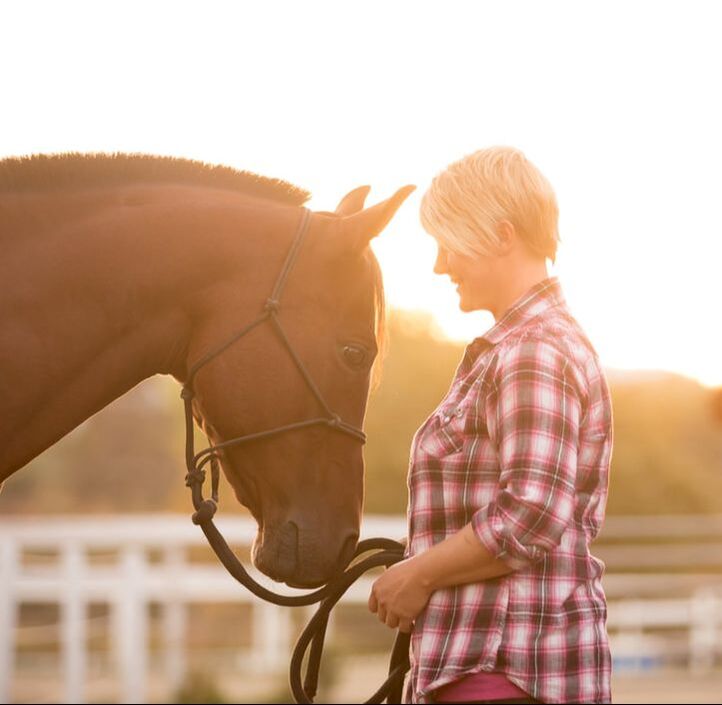
 RSS Feed
RSS Feed
